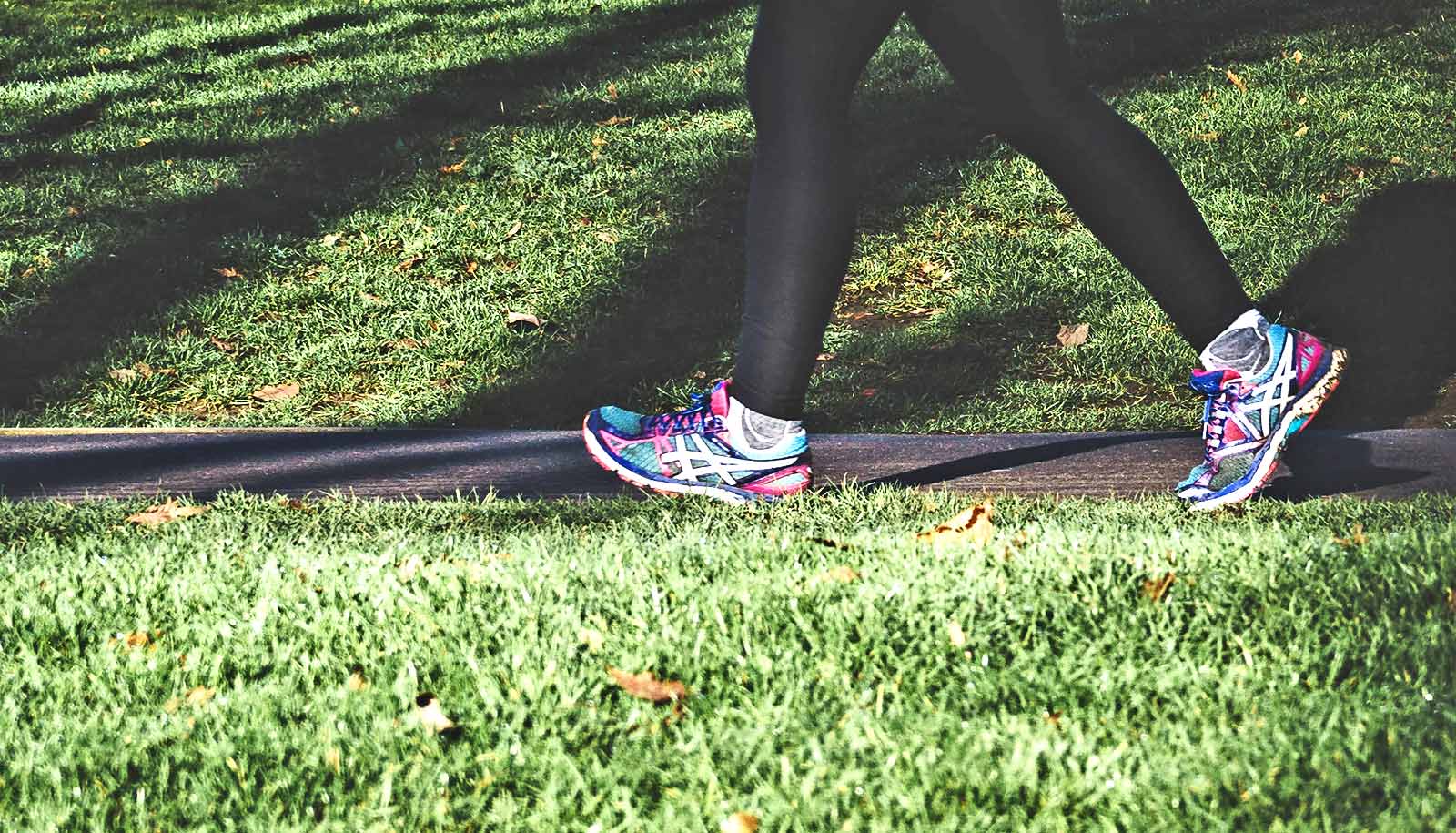
Exercise may help certain people with nonalcoholic fatty liver disease reduce their risk of developing blood clots, according to a new study.
While diet and physical activity have always been recommended treatments for these patients, the researchers say their results confirm that exercise has a multitude of benefits, including many that extend outside the liver, and should be included as a routine part of treatment for nonalcoholic fatty liver disease (NAFLD).
NAFLD, where too much fat accumulates in liver cells, affects nearly 1 billion adults worldwide. Patients with the condition have an increased risk of heart disease, stroke, cancer, and blood clots. There is currently no approved drug treatment or cure for this common condition.
Researchers conducted a clinical trial to study how exercise programs affect the health of patients with nonalcoholic steatohepatitis (NASH)—an aggressive form of NAFLD. Twenty-four patients completed the study, which required two-thirds of the participants to complete a 20-week aerobic exercise training program and dietary counseling.
At the end of the trial, participants who completed the exercise program—which consisted of five moderate-intensity, 30-minute exercise sessions per week—had a significantly reduced amount of plasminogen activator inhibitor 1 (PAI-1), a protein that helps blood clots remain formed, compared to participants in the control group who received standard clinical care.
“NAFLD and NASH patients have an increased risk of developing blood clots in the veins of the legs, lungs, or liver,” says Jonathan Stine, associate professor of medicine and public health sciences at the Penn State College of Medicine and a transplant hepatologist at Penn State Health Milton S. Hershey Medical Center.
Blood clots affect nearly 900,000 Americans annually, Stine says. “If these occur, they can have serious consequences including an increased risk of hospitalization or death. The findings from our study illustrate the importance of prescribing physical activity to NAFLD and NASH patients as a way to improve their overall health.”
In addition to measuring clotting risk, the researchers also found exercise led to a greater decrease in liver fat, a greater increase in the body’s ability to supply oxygen to skeletal muscles during exercise (cardiorespiratory fitness), changes in blood sugar and insulin levels, reduction in body fat, and improvement in quality of life. The researchers note these benefits appear to be independent of weight loss or dietary change.
To build off the findings, Stine, a Penn State Cancer Institute researcher, is conducting another clinical trial, sponsored by the National Institutes of Health, to study how different exercise “doses” affect metabolic function and health in NAFLD patients. Stine plans to launch the trial in May 2022.
“There’s no cure or effective drug therapies for NAFLD,” Stine says. “With this research, we hope to develop further guidance for clinicians on how much exercise is optimal for these patients and explore the biology behind why physical activity is an effective therapy.”
The study appears in Hepatology. Additional coauthors are from the University of California, San Diego and Penn State. Conflict of interest information can be found in the manuscript.
The National Institutes of Health and the Pennsylvania Department of Health funded the work.
Source: Penn State